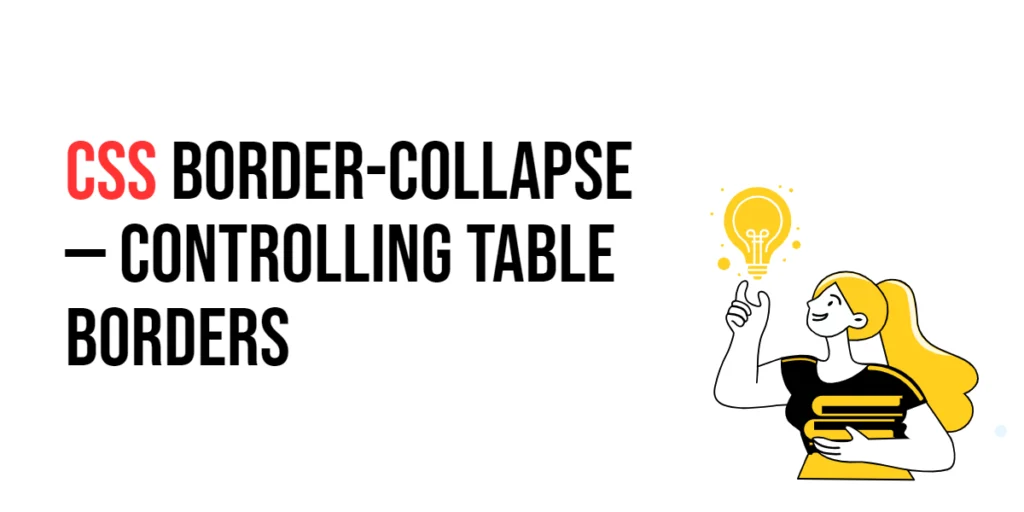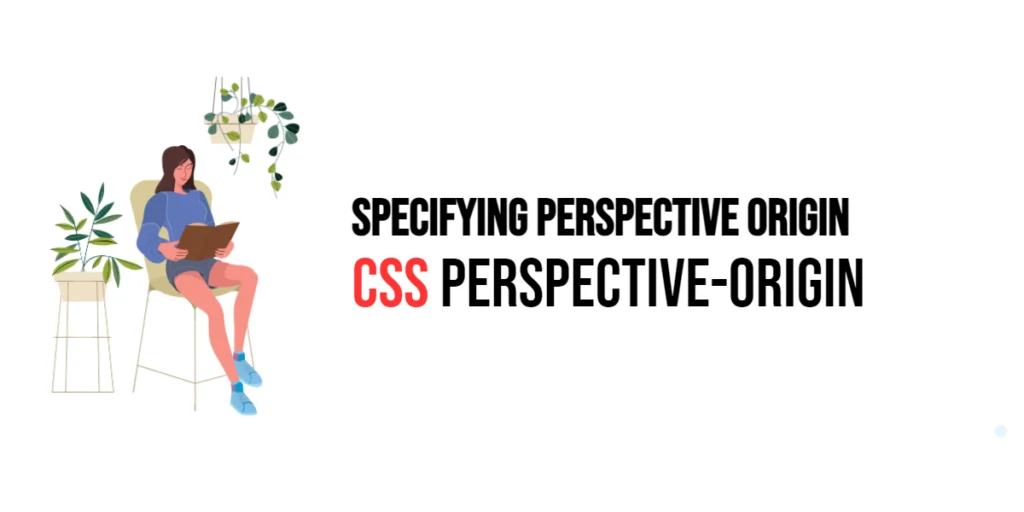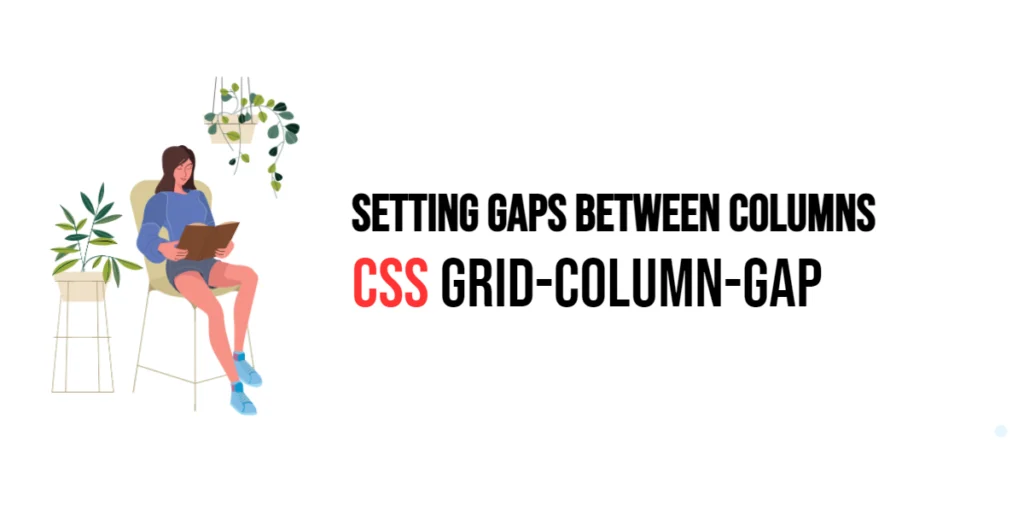The border-collapse property in CSS is used to control the behavior of table borders. It allows developers to specify whether table borders should be collapsed into a single border or remain separate. This property provides flexibility in styling tables and can significantly impact the visual appearance and layout of table elements.

with hands-on learning.
get the skills and confidence to land your next move.
Controlling table borders is particularly important for creating well-structured and visually appealing tables. The border-collapse property helps in defining how borders should be displayed, which is crucial for readability and aesthetic purposes. This article will explore the principles of the border-collapse property in CSS, provide practical examples, and discuss best practices for its implementation. By the end of this article, you will have a comprehensive understanding of how to control table borders effectively.
Understanding the Border-Collapse Property in CSS
The border-collapse property in CSS is used to specify whether table borders should be collapsed into a single border or remain separate. It can take two values: collapse and separate.
<!DOCTYPE html>
<html lang="en">
<head>
<meta charset="UTF-8">
<meta name="viewport" content="width=device-width, initial-scale=1.0">
<style>
.basic-table {
border: 2px solid black;
border-collapse: collapse;
}
.basic-table td, .basic-table th {
border: 1px solid black;
padding: 10px;
}
</style>
<title>Basic Border-Collapse Usage</title>
</head>
<body>
<table class="basic-table">
<tr>
<th>Header 1</th>
<th>Header 2</th>
</tr>
<tr>
<td>Data 1</td>
<td>Data 2</td>
</tr>
</table>
</body>
</html>In this example, the .basic-table class applies the collapse value to the border-collapse property, which merges the table borders into a single border. This basic usage demonstrates how to use the border-collapse property to control table borders.
Setting Border-Collapse to Collapse
The collapse value for the border-collapse property merges adjacent table borders into a single border. This value is useful for creating a cleaner and more unified table appearance.
<!DOCTYPE html>
<html lang="en">
<head>
<meta charset="UTF-8">
<meta name="viewport" content="width=device-width, initial-scale=1.0">
<style>
.collapse-table {
border: 2px solid black;
border-collapse: collapse;
}
.collapse-table td, .collapse-table th {
border: 1px solid black;
padding: 10px;
}
</style>
<title>Collapse Border-Collapse</title>
</head>
<body>
<table class="collapse-table">
<tr>
<th>Header 1</th>
<th>Header 2</th>
</tr>
<tr>
<td>Data 1</td>
<td>Data 2</td>
</tr>
</table>
</body>
</html>In this example, the .collapse-table class uses the collapse value for the border-collapse property. This results in the borders of adjacent cells being merged into a single border, creating a unified table look.
Setting Border-Collapse to Separate
The separate value for the border-collapse property keeps table borders distinct and separated. This value is useful for creating a more traditional table appearance with individual cell borders.
<!DOCTYPE html>
<html lang="en">
<head>
<meta charset="UTF-8">
<meta name="viewport" content="width=device-width, initial-scale=1.0">
<style>
.separate-table {
border: 2px solid black;
border-collapse: separate;
border-spacing: 10px;
}
.separate-table td, .separate-table th {
border: 1px solid black;
padding: 10px;
}
</style>
<title>Separate Border-Collapse</title>
</head>
<body>
<table class="separate-table">
<tr>
<th>Header 1</th>
<th>Header 2</th>
</tr>
<tr>
<td>Data 1</td>
<td>Data 2</td>
</tr>
</table>
</body>
</html>In this example, the .separate-table class uses the separate value for the border-collapse property. This results in the borders of adjacent cells being kept distinct and separated, creating a traditional table look with individual cell borders.
Combining Border-Collapse with Other Table Border Properties
The border-collapse property can be used in conjunction with other table border properties such as border-spacing to create complex table styles.
<!DOCTYPE html>
<html lang="en">
<head>
<meta charset="UTF-8">
<meta name="viewport" content="width=device-width, initial-scale=1.0">
<style>
.combined-table {
border: 2px solid black;
border-collapse: separate;
border-spacing: 15px;
}
.combined-table td, .combined-table th {
border: 1px solid black;
padding: 10px;
}
</style>
<title>Combining Border-Collapse with Border-Spacing</title>
</head>
<body>
<table class="combined-table">
<tr>
<th>Header 1</th>
<th>Header 2</th>
</tr>
<tr>
<td>Data 1</td>
<td>Data 2</td>
</tr>
</table>
</body>
</html>In this example, the .combined-table class combines the separate value for border-collapse with a border-spacing value of 15 pixels. This results in distinct cell borders with a specified spacing between the cells, creating a unique table appearance.
Best Practices for Using Border-Collapse
To effectively use the border-collapse property, it is important to follow best practices such as maintaining consistency, using appropriate border styles for different table layouts, and ensuring accessibility.
<!DOCTYPE html>
<html lang="en">
<head>
<meta charset="UTF-8">
<meta name="viewport" content="width=device-width, initial-scale=1.0">
<style>
.best-practices-table {
border: 2px solid #333;
border-collapse: collapse;
width: 100%;
}
.best-practices-table td, .best-practices-table th {
border: 1px solid #333;
padding: 10px;
text-align: left;
}
</style>
<title>Best Practices for Border-Collapse</title>
</head>
<body>
<table class="best-practices-table">
<tr>
<th>Header 1</th>
<th>Header 2</th>
</tr>
<tr>
<td>Data 1</td>
<td>Data 2</td>
</tr>
</table>
</body>
</html>In this example, the .best-practices-table class follows best practices by using a consistent border style, applying a reasonable border width, and ensuring that the table is accessible. This approach helps maintain visual consistency and usability in web design.
Conclusion
The border-collapse property in CSS is a versatile tool for controlling the behavior of table borders. By understanding and utilizing different values such as collapse and separate, you can create visually appealing and functional table designs.
Experiment with different table border styles and techniques to see how they can enhance your web projects. For further learning, explore resources such as the MDN Web Docs on CSS table properties. By continuing to practice and experiment, you will become proficient in using the border-collapse property to control table borders effectively.







